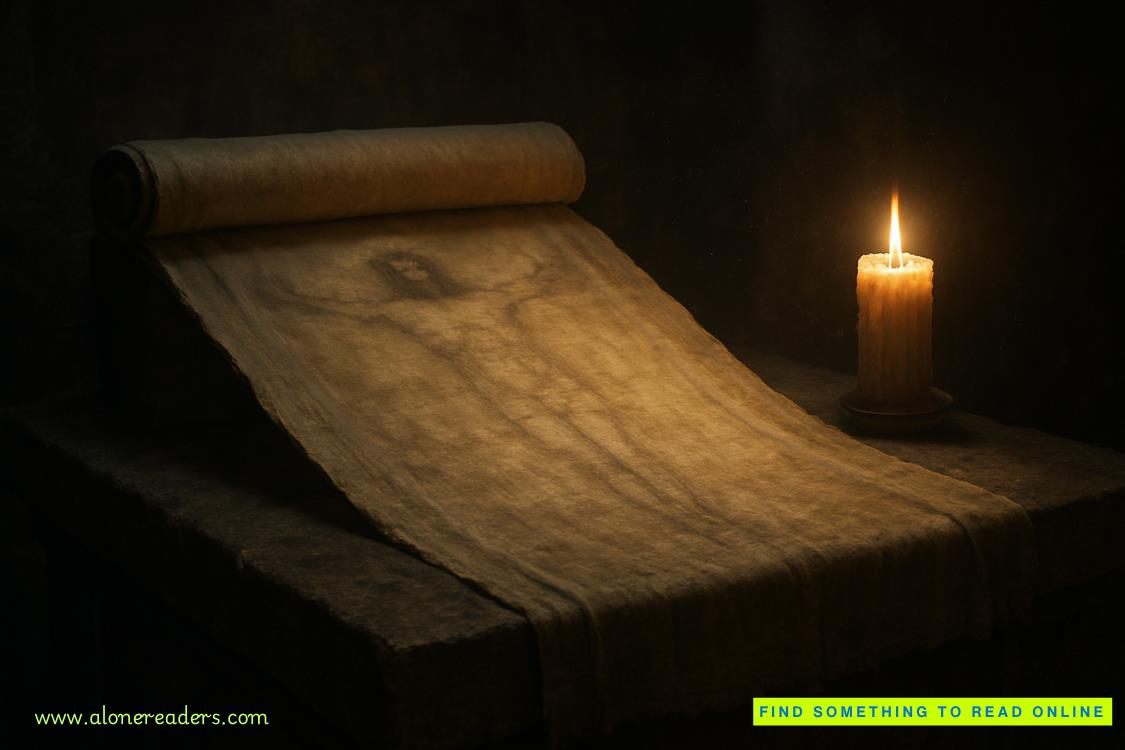Page 45 of U Is for Undertow (Kinsey Millhone 21)
I returned the directories to the shelf and then crossed to the section where the telephone directories were lined up. I pulled the current Santa Teresa phone book and looked in the S’s, running down the listings until I came to “Sanchez, P. F.” His telephone number was the same, as was his address on Zarina Avenue. Where the heck was that?
I walked back to my office, sat down at my desk, and hauled out my Thomas Guide to Santa Teresa and Perdido Counties. Zarina Avenue was actually in Perdido County, one of half a dozen streets that formed a grid in the tiny coastal town of Puerto, a name that had morphed into the longer Puerto Polvoriento, which was then shortened to P. Pol and from there to Peephole. I sat and pondered the geography. I’d hoped to feel better informed, which in some ways I was. What puzzled me now was why a man who lived in Peephole would bury his dead dog in Horton Ravine, a good fifteen miles north. There must have been some quirky set of circumstances to explain the digging of the dog’s grave at such a remove.
I put my feet up on the desk, leaned back in my swivel chair, and put a call through to Cheney Phillips at the PD. After two rings he picked up and when I identified myself, I could hear the smile in his voice. “Hey, kid. I hope you didn’t take offense at my teasing you about the doggie exhumation.”
“You know me better than that. I’m just thankful Mary Claire Fitzhugh wasn’t buried in that hole,” I said. “I’m sorry about the waste of manpower. I owe you one.”
“If I had a dollar for every lead that didn’t pan out, I’d be rich. Anyway, I’m the one who referred the kid to you in the first place so it’s not like you cooked this up on your own.”
“I do feel for him. How embarrassing.”
“He’ll survive,” Cheney said.
“So what’s the story on Diana Sutton?”
There was a pause. “Refresh my memory.”
“Sorry. I should have said Diana Alvarez.”
“The reporter? What about her?”
“Did you know she was Michael Sutton’s sister?”
“You’re not serious. I knew she was persistent, but I wrote it off to her job. How do you know her?”
“I don’t, or at least I didn’t until Friday morning. She came into my office, took a seat, and unloaded with both barrels.”
I filled him in on Sutton’s sorry tale of woe, at the end of which he said, “Even if I’d known his sordid history, I’d have reacted the same way. I thought his story had a ring of truth.”
“Me, too. Apparently, she’s made it her mission to screw him over any chance she can. The dog gave her the ammunition to go after him again.”
“Hold on a second.” He put a hand over the mouthpiece and then came back. “I gotta scoot. Anything else?”
“One quick question. Can you tell me the dog’s breed? I know the body must have been in bad shape, but could you tell anything about him from what was left?”
“Well, he was big . . . I’d say seventy to eighty pounds once upon a time. Most of his coat was intact. The hair was long and coarse, a mix of black and gray, with maybe some shades of brown thrown in. It looked like the tag was an afterthought, tossed in on top of him.”
“A German shepherd?”
“Something like that. Why?”
“I was just curious.”
“Oh, lord. Not again. Stay out of trouble if you can,” he said, and hung up.
I took a moment to place a call to Phoenix, Arizona, filling in the HR director on her phantom executive. She gave me a fax number and asked for an account of my coverage. I typed up my notes and then walked one block over to a notary’s office and used her fax machine. I had two pages to send and the process took five minutes, which I thought was nothing short of miraculous. One day I’d break down and buy a machine of my own, but to date I didn’t need one often enough to justify the expense.
I retrieved my Mustang, gassed up at the entrance to the 101, and headed down the coast to Peephole (population 400). The area, like so much of California, was part of a Spanish land grant, deeded to Amador Santiago Delgado in 1831. His mother was distantly related to Maria Christina of Bourbon-Two Sicilies, the fourth wife of King Ferdinand VII, and the only one of his wives to bear him living offspring. There was no clear explanation for Maria Christina’s generosity, but Amador inherited title to the land when his mother died. He and his young bride, Dulcinea Medina Vargas, traveled from Barcelona to Perdido, California, took possession of the tract, and established a large working ranch devoted to the raising of purebred Spanish horses. Within a year Dulcinea died giving birth to their only child, a daughter, Pilar Santiago Medina. Bereft, Amador sold off his horses and turned to the deeply satisfying solace of drink. On his death in 1860, Pilar inherited his massive landholdings, which had largely reverted to the elements. At the time she was thirty years old and not a beautiful woman, but she was clever and her wealth more than compensated for the hefty frame and plain countenance Nature had bestowed on her.















